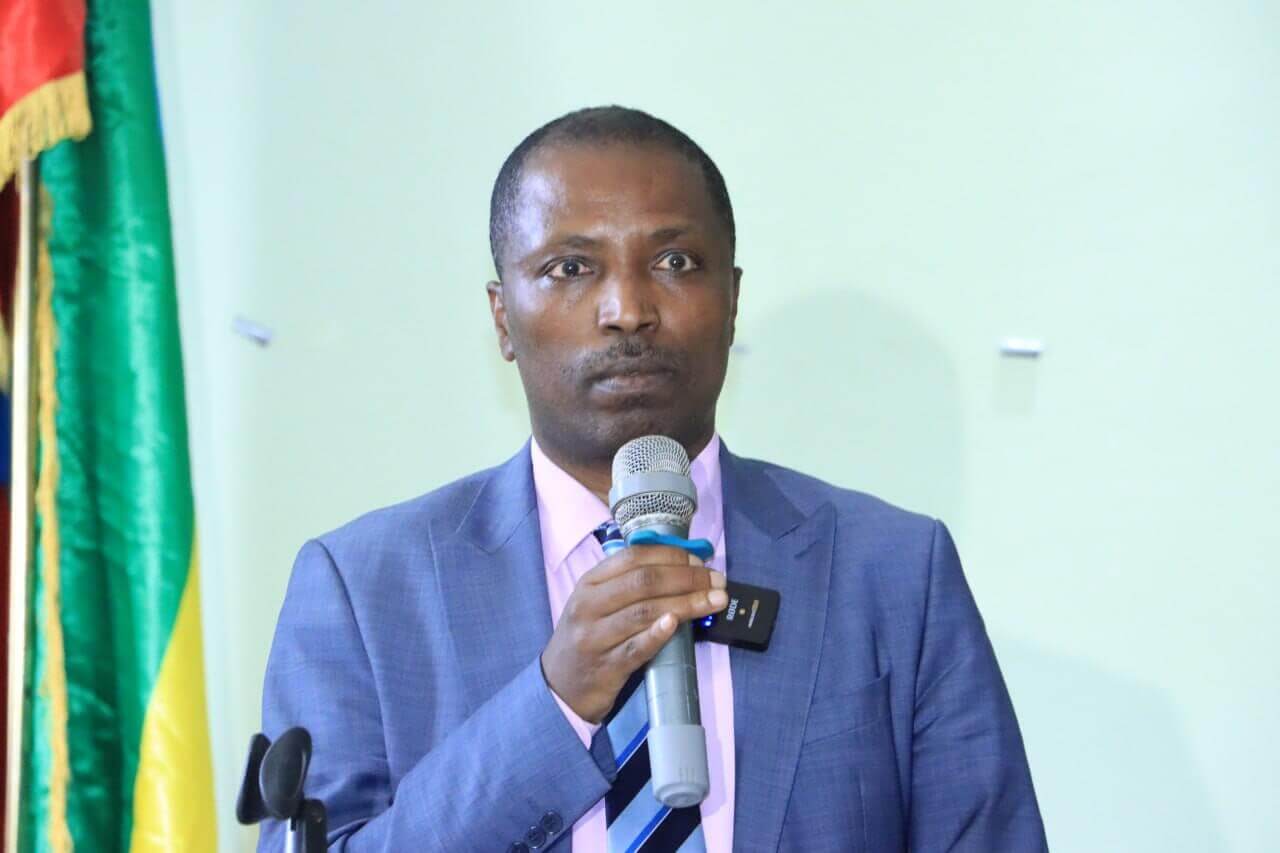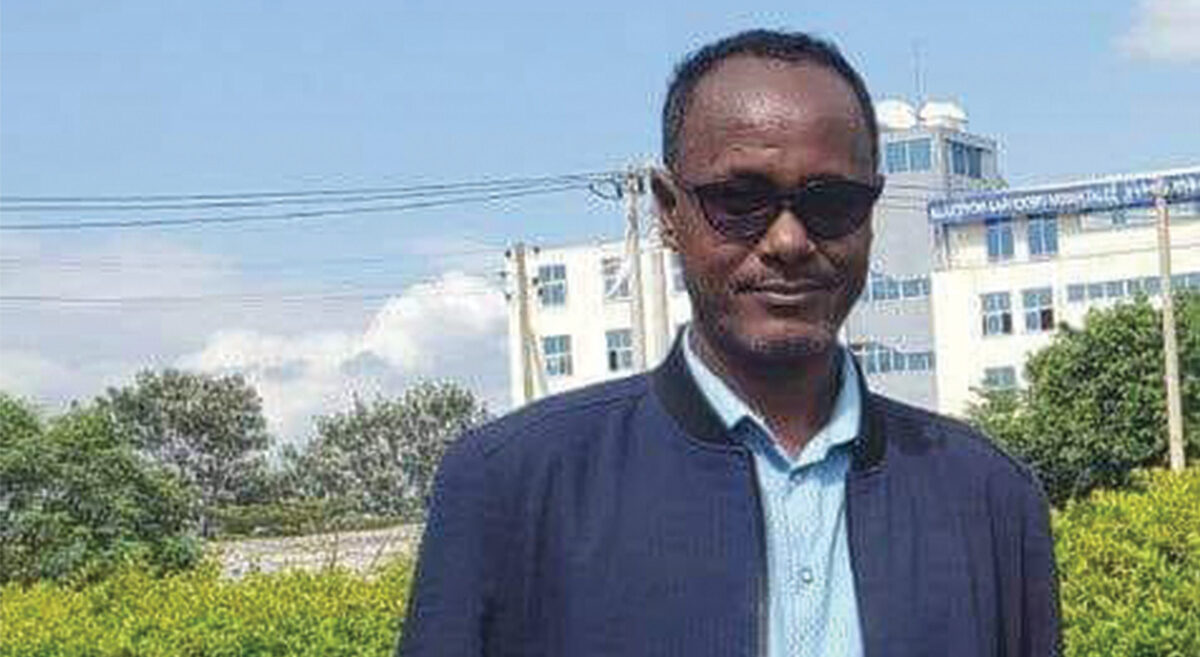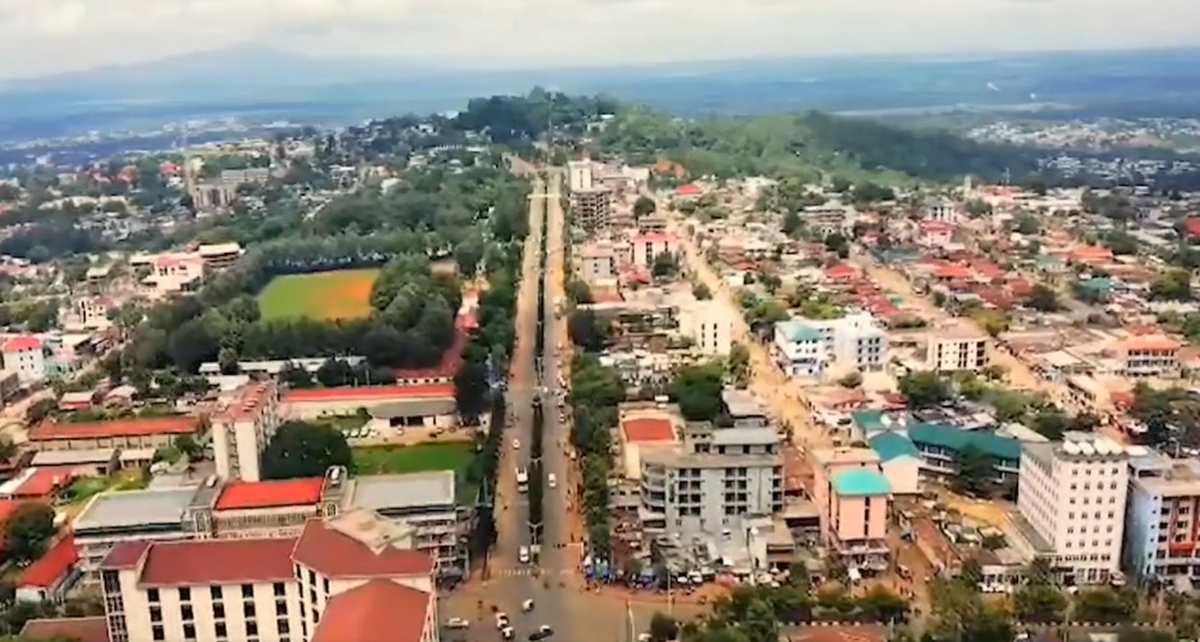Editorial: Addis Abeba’s downtrodden shoulder authorities’ ill-timed, unplanned urban makeover. Make the process reflect human decency, at least!

Addis Abeba – Government officials are proudly proclaiming the transformation of Addis Abeba City under Mayor Adanech Abiebie’s leadership as a significant shift in the history of the city’s development trajectory. The official explanation emphasizes infrastructure and urban landscape improvement through five distinct road corridors spanning 40.7 kilometers to reflect their commitment to modernization and progress, and to make the city reflect its name, “New Flower” and become “livable” for its inhabitants.
However, such an ambitious endeavor is compounded by the demolition activities happening at the speed of light, and it is coming with excruciating experiences for the city’s residents, as evidenced by the ongoing extensive demolition of structures along the affected routes, including residential, commercial, and religious buildings.
Little to no attention is also given to the lack of proper documentation to prove ownership of property by the city’s poor, effectively putting them at risk of permanent homelessness.”
The loss of nearly 2,000 government-owned houses where the majority of urban downtrodden are sheltered, a further 400 government-owned rental houses, 300 private residential units, as well as numerous commercial and religious establishments, sheds, container shops, and temporary shelters, in just one week, undoubtedly tore the decades-old socio-economic fabric of the communities affected.
In the words of Mayor Adanech some 11,000 people have been removed from the Piassa area alone, underscoring the magnitude of the impact on the affected communities. While the city administration asserts effective management of relocation and provision of alternative living spaces, several reports, including the Addis Standard team report, shed light on critical discrepancies between the official statement and the reality on the ground, especially the lack of compensation for evicted residents and concerns regarding the timing and disruption of essential services, including abrupt changes in schools for children and essential social services such as healthcare
Little to no attention is also given to the lack of proper documentation to prove ownership of property by the city’s poor, effectively putting them at risk of permanent homelessness.
It is true that neighborhoods like ‘Doro Manekiya‘ in the Piassa area, are largely known as the city slum areas notorious for the absence of basic infrastructure for decent living standards including toilets and running water. But they are also places where the poor can afford the rising cost of living in the city. These neighborhoods have been able to support low-income residents by leveraging the social capital they have built over several decades.
Even though these residents are being provided with alternative housing, (and many are still waiting for that promise) they will be confronted with experiences of the harsh realities of the loss of the social fabric built over decades and the higher cost of living in their newly relocated neighborhoods.
The road corridor projects have also resulted in the closure of countless up-and-coming small businesses in these bustling areas of the city, including 4 Kilo, Megenagna, CMC, and others. The economic implications of this extend beyond the business owners and will knock at households far and beyond the city. Even in the best of circumstances, adapting to new locations and markets, both for customers and businesses comes at incalculable costs and loss of access to the products and services they need. When this is done in one week, a city already grappling with staggering inflation, including due to regular disruption supplies, will reel for years to come.
This publication is not against redevelopment projects in a city where improved infrastructure such as roads, housing, public transportation, utilities, and green spaces are desperately needed.
But it should be stated as puzzling that the government’s main reason for carrying out such a massive demolition is to improve the urban scenery and create more pedestrian and bicycle lanes. While this goal may seem important on its own, it cannot overshadow the relentless acts of disorienting the social and economic lifelines of thousands.
This is particularly visible in the government’s proclaimed intention to allow wealthy foreigners to own properties, including land. Ethiopians have yet to wake up to that reality, unfortunately.”
Urban beautification should not have been a priority for a government where 60% of its population is living in extreme poverty. Currently, Ethiopia is facing a nearly 1 billion USD funding gap in its response to the ever-worsening humanitarian crisis in the country. The budget allocated for demolition, compensation payments, and rebuilding of the road corridors in the capital could have been used to assist thousands of drought victims who are on the brink of death in other areas.
It is true that the broader context of this makeover, along with other similar projects, is a reflection of the radical shift in policy under the ruling Prosperity Party, particularly its shift from EPRDF’s pro-poor policy strategies to favoring the affluent. This is particularly visible in the government’s proclaimed intention to allow wealthy foreigners to own properties, including land. Ethiopians have yet to wake up to that reality, unfortunately.
If such large-scale urban makeovers affecting mainly the poor and disadvantaged were the order of the day, the least authorities should have done was to allow room for the issues to be thoroughly discussed, followed by some form of preparations to ensure that the process does not become a burden of the poor and the downtrodden to carry.
This argument may look like an argument over decisions that are too late to reverse. However, that does not mean that at the very least, authorities should not be challenged to change course to make the ongoing process reflect the bare minimum of human decency. AS







